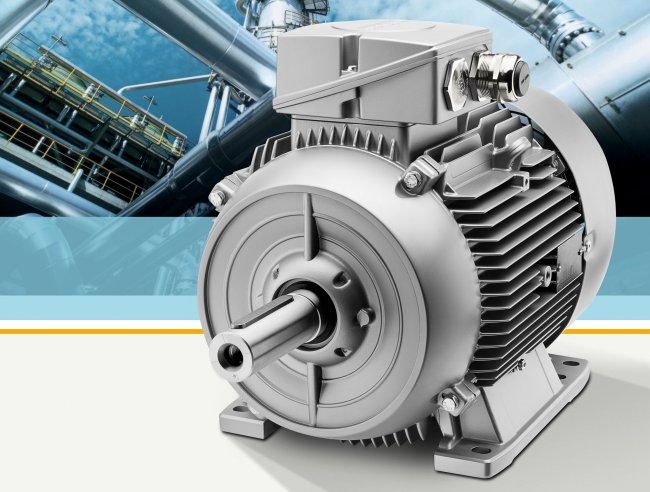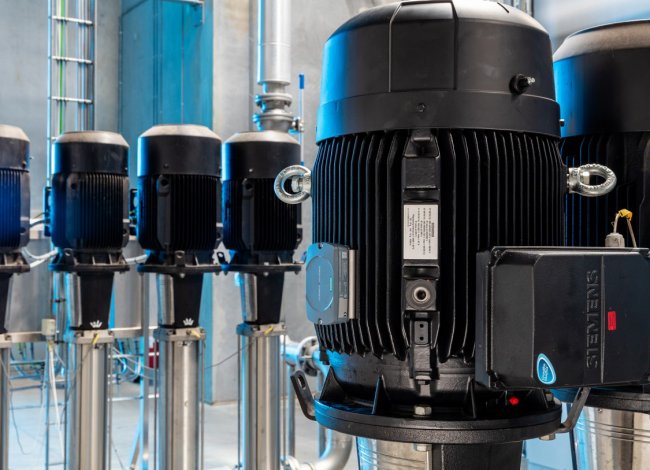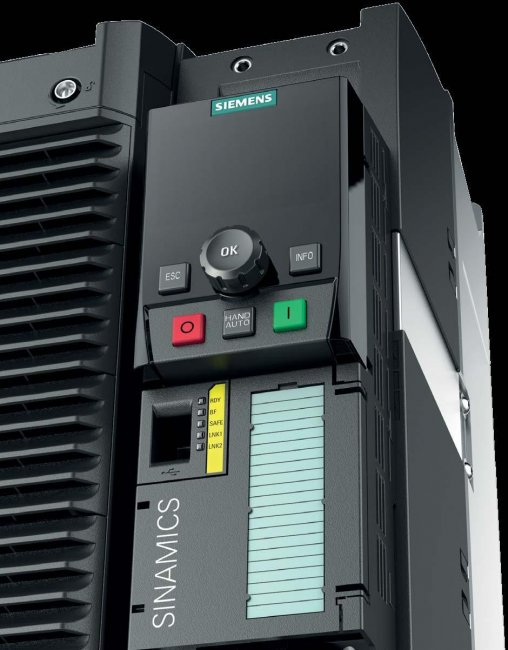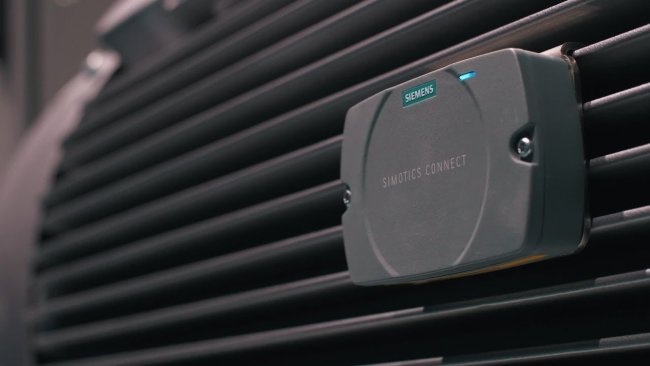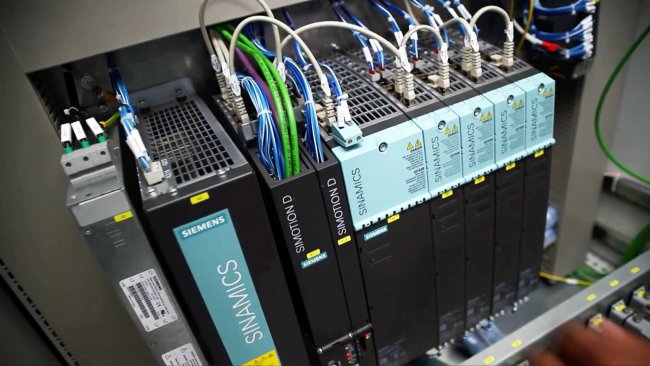Modern energy-efficient electric drives — trends and perspectives
Modern electric drives have a number of possibilities for significant savings in their operation. With efficient motors, suitable inverters and advanced IIoT (Industrial Internet of Things) applications, the use of resources will be more efficient and life cycle costs can be reduced.
Approximately 80% of all energy consumed by current electric drives comes from medium-sized electric motors, which are generally not energy efficient by current standards and which are typically oversized for the application.
The cost of energy consumed by a motor over its lifetime is up to 97% of the total operating costs. Therefore, finding a solution that maximizes the efficiency of electric motors is both economical and environmentally friendly.
Today we meet electric drives at almost every stage, especially in industry and construction, for example in pumps, compressors and air conditioning systems, cranes, elevators and conveyor belts.
At the same time, industry accounts for more than a third of the world's electricity consumption, of which almost 70% of this share is due to electric motors. Buildings account for a further 30% of global electricity consumption, with electric motors accounting for 38% of this share.
And demand is increasing: current global economic output is projected to double by 2050. At the same time, demand for electric drives will increase. At the same time, it will open up space for saving through intelligent system solutions. Recent studies show that buying a new electric drive can save an average of up to 30% on energy costs.
Under the 2015 Paris Climate Agreement, 196 countries pledged to slow global warming. However, this is countered by megatrends such as urbanization, mobility and automation, which inevitably increase daily energy consumption.
Thus, efforts to improve energy efficiency have now become the main thrust of the practical implementation of the Paris Agreement. New directives on the economic operation of electric motors are being introduced all over the world - for example in the European Union, the USA and China.
In particular, the new European directives set a target of reducing CO2 emissions by 40 million tons by 2030. The means to achieve this target must be the mandatory introduction of cost-effective technologies. China aims to reduce energy consumption by 13.5% of GDP and CO22 emissions by 18% by 2025.
Network solutions and careful analysis of system data are the best solutions to improve energy efficiency to truly sustainable levels.
But it is not at all necessary to buy new systems immediately in every situation. Even old ones can often be modified to be energy efficient with the right accessories.
Modern inverters (frequency converters) and high-efficiency motors can save up to 30% energy in typical industrial applications, such as pumps, fans or compressors, compared to traditional unregulated systems.
Case studies show that these savings can be increased to 45% by incorporating an optimized drive solution, in this case a pump.
The system includes an inverter which ensures that the drive is energy efficient even at partial load by adapting the speed and torque to the current load requirements. This means that each application is always tuned to the performance it needs.
The more specific and diverse the applications and components, the more complex the entire system can be. Therefore, especially in an industrial environment, it is necessary to choose approaches that take into account the system in detail with all its interactions and synergistic effects and can optimally harmonize it.
It is founded of smart sensors and analytical tools that track, align, and improve all workflows and are part of a higher-level systems approach.
Smart sensors allow connected engines to be analyzed at the engine level.Modern inverters usually do not need additional external sensors at all, because they are either directly equipped with them or can directly evaluate certain system parameters and transmit them.
Even at the planning stage, selection and dimensioning errors can be detected by virtual simulation of the individual drive components. On-the-go data collection and analysis is enabled through connectivity to cloud and end-to-end industrial applications. In manufacturing, digital drive solutions help identify potential problems early and thus prevent malfunctions.
Collecting data from individual drive components can also reveal indirect effects unrelated to the drive. In this way, it is possible to continuously optimize the entire operation of an interconnected system — simply and without special knowledge.
Based on experience directly in production, it can be said that up to 10% of energy can be saved by using smart sensors and data analysis applications from complex processes. Thanks to a special For prevention services based on the IIoT network, the life of components can be increased by up to 30%, and their performance can be increased by 8-12%.

